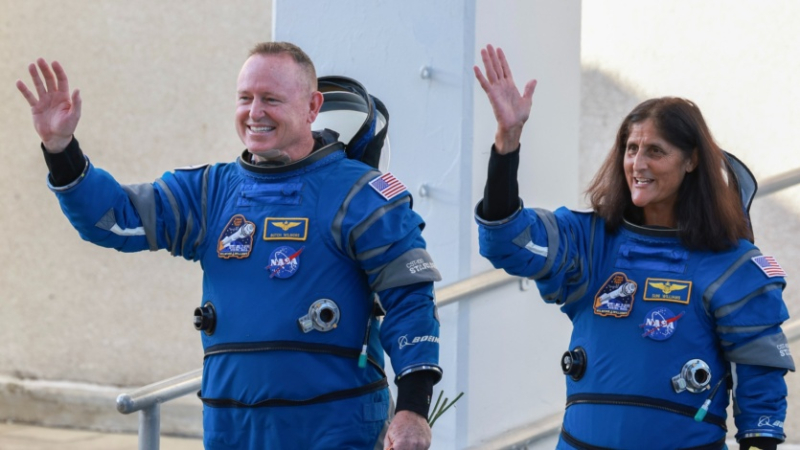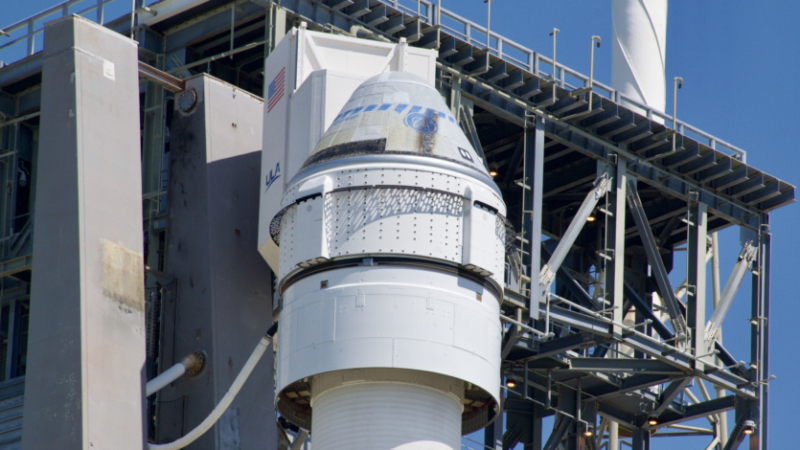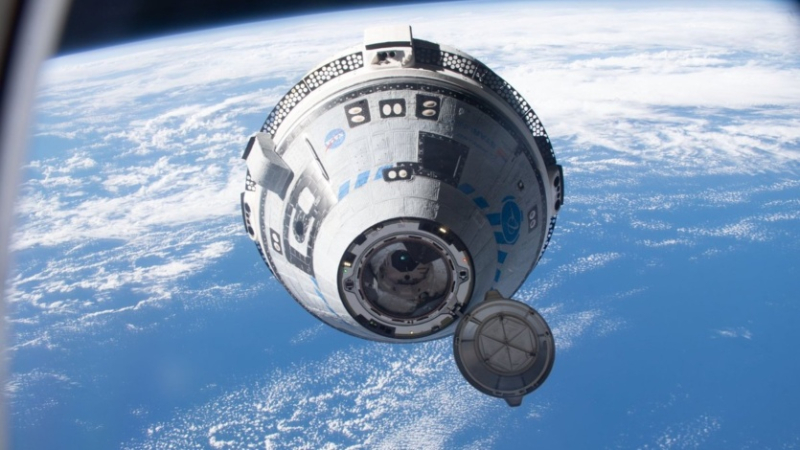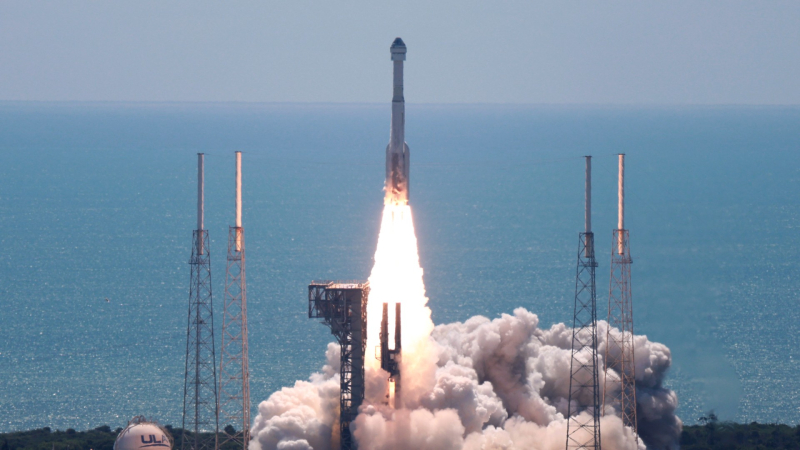The Technology section is published with the support of Favbet Tech


After nearly 20 years of planning, development, testing and delays, the Boeing spacecraft Starliner made its first manned launch and sent astronauts to the ISS as part of the Crew Flight Test (CFT) mission. The launch of the Atlas V rocket with the Starliner capsule took place on June 5 at 17:52 Kyiv time.
On board the spacecraft were NASA test astronauts Barry “Butch” Wilmore and Suni Williams. The docking with the ISS is scheduled for 19:15 (Kyiv time) on June 6. The astronauts will then spend 8 days aboard the station, conducting a series of tests and tests on the capsule required for certification. The CFT mission is focused on thoroughly vetting Starliner before certifying the spacecraft for longer missions. Williams and Wilmore will fly several manual flights, test emergency scenarios such as loss of communications or power, and conduct a lot of analysis so future Starliner crews know what to expect.

It should be noted that this start was preceded by several failures. The CFT mission was originally scheduled for May 6. But that attempt was abandoned about two hours before launch when team members noticed a “buzzing” valve on the top of the Atlas V. To fix the problem, the rocket had to be rolled off the pad to a vertical integration facility. These works delayed the planned start until May 17. But then another problem arose – a small helium leak in one of the engines in the Starliner service module.
The mission team analyzed the leak and its potential consequences and ultimately ruled it a minor issue, approving the CFT for the planned June 1 launch. However, the June 1 attempt was aborted minutes before takeoff due to a malfunction in the power distribution source in the ground equipment. The mission team replaced the faulty equipment, setting up the CFT for this launch, which finally took place successfully.

Although this time there were problems. During a call with ground controllers Wednesday afternoon, Wilmore said the Starliner test flight “just went smoothly” so far. But as the crew prepared for the night shift, the capsule developed two new helium leaks in the service module. Thus, three of Starliner's eight helium manifolds now show signs of leaking. The astronauts had to manually close the valves on the manifolds, which were found to have leaks during flight. At the same time, the collector, which was known to leak before startup, will remain open.
Online course “Tableau for data analysis and visualization” from robot_dreams. Get started creating interactive visualizations and performing a wide range of data analysis without having to write code for all Tableau functionality. More details about the course
Despite these problems, the device retains the ability to maneuver. Before coordinating the launch with the known helium leak, engineers determined that the Starliner spacecraft could handle four more helium leaks, even if the existing leak got worse, according to Steve Stich, NASA's commercial program manager. In the current configuration with two closed helium manifolds, 6 of the spacecraft's 28 reaction control system engines will be shut down. The capsule has the ability to operate on a subset of engines, and Boeing engineers believe that “the helium system remains safe for flight.”

If all goes well with the CFT, Starliner will deliver its first crew of astronauts to the ISS in about six months, possibly as early as 2025.


Favbet Tech is IT a company with 100% Ukrainian DNA, which creates perfect services for iGaming and Betting using advanced technologies and provides access to them. Favbet Tech develops innovative software through a complex multi-component platform that can withstand enormous loads and create a unique experience for players. The IT company is part of the FAVBET group of companies.

